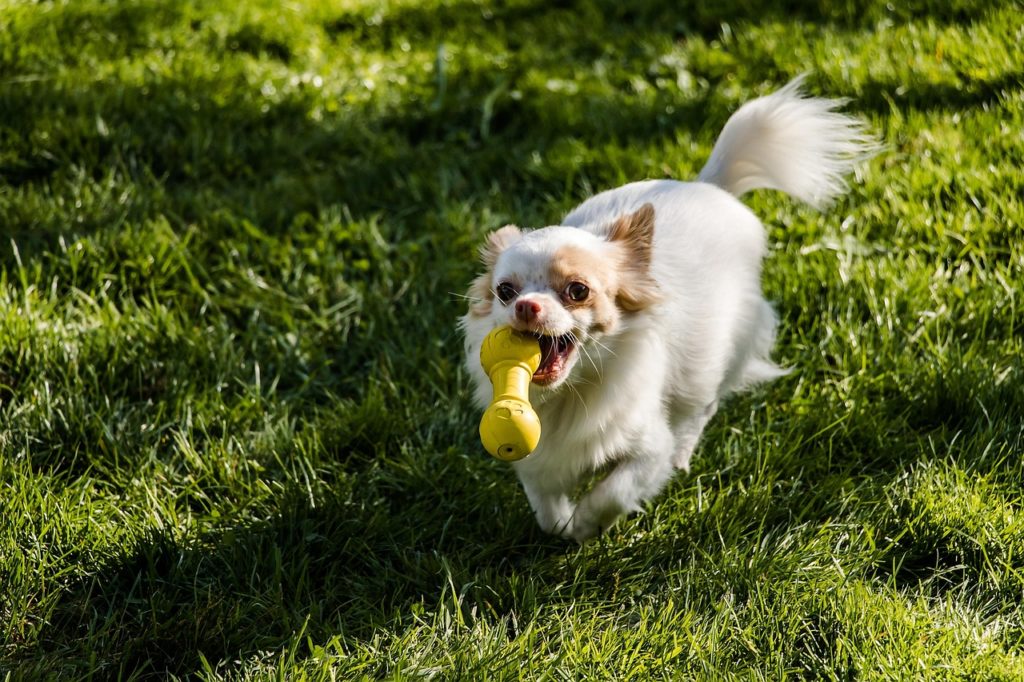What is Patella Luxation?
The patella is part of the knee joint which connects the femur to the tibia. The patella is the kneecap that is located in the trochlear groove in the femur. Luxation occurs when there is a dislocation from the proper placement, therefore; patella luxation is when the kneecap “pops out” of place. Medial patella luxation (MPL) is when the kneecap “pops out” of place and luxates to the inside (medial) surface of the leg.
MPL can be due to a combination of congenital and anatomic variations as well as trauma, and can often affect both hind limbs simultaneously.
Patella luxation is one of the most common causes of lameness in both large and small breed dogs and cats. The most commonly affected breeds include:
- Poodles
- Pomeranians
- Yorkshire Terriers
- Chihuahuas
- French Bulldogs
- Lhasa Apsos
- Cavalier King Charles Spaniels
- Bichon Frises
- Pugs
- English Bulldogs
- West Highland White Terriers
- Jack Russell Terriers
- Shih Tzus
Diagnosis
Medial patella luxations are diagnosed based on physical examination. In some cases, X-Rays are helpful to confirm the diagnosis and to evaluate for other concurrent conditions.
Signs to look out for include: lameness, unusual gait, reluctance to use the limb
MPL may also be seen concurrently with other conditions, especially injuries to the cranial cruciate ligament (similar to the ACL in humans). This is because the patella and its associated ligament are strong stabilizers of the knee joint, and if they are not in their normal position, the other, smaller structures may be at risk for injury.
Classifying Patella Luxation
The severity of the luxation is graded 1-4, the higher the grade the more severe the luxation is. The classifications are as follows:
Grade 1: intermittent patellar luxation causes the limb to be carried occasionally. No crepitation is apparent
Grade 2: luxation occurs more frequently than in grade 1. Lameness signs are usually intermittent and mild and the patella luxates easily
Grade 3: the patella is permanently luxated, many animals use the limb with the stifle help in a semi-flexed position
Grade 4: patella is permanently luxated. Limb may be carried or the animal moves in a crouched position, with the limbs partially flexed
Treatment
If your pet has an MPL of grade 2 or higher this typically requires surgical treatment. The best options for you and your pet will be discussed in full at the time of your appointment.
Surgical treatment can involve several procedures performed together during a single surgery. These may include deepening the groove of the end of the femur, tightening the soft tissue that hold the patella in place, releasing muscles that are placing strain on the patella, and adjusting the insertion point of the patellar tendon. Since MPLs can occur in conjunction with CCL injuries stabilization for the CCL tears may also be performed with the MPL correction
Post Operative Recovery
After surgery, strict activity restriction is required to allow for healing, with no running, jumping, or playing permitted. A recheck appointment is done 2 weeks after surgery, and increasing activity levels will be discussed at that time
